
Carter Named to UK College of Agriculture Government Relations Post
Nicholas Carter, MS, has been named county and local government relations director in the University of Kentucky College of Agriculture, Food and Environment.

Nicholas Carter, MS, has been named county and local government relations director in the University of Kentucky College of Agriculture, Food and Environment.
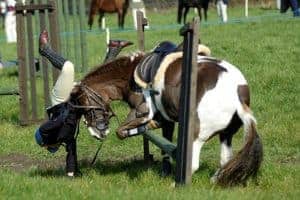
Studies have shown that equestrians are at more risk for traumatic brain injuries than participants in most other sports. Here’s what you need to know about concussion diagnostics and returning to riding.

Laura Stephenson, PhD, has been named associate dean and director of the University of Kentucky Cooperative Extension Service in the College of Agriculture, Food and Environment.
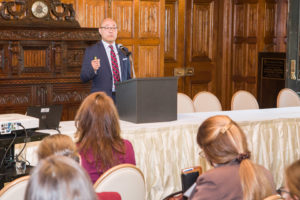
Equestrians are athletes, and athletes suffer injuries. And one neurology professor says that, among sports-related traumatic brain injuries, the highest incidence among adults occurred in equestrians.

Two different perspectives on horse rider and handler safety were presented by an accomplished group of panelists at the inaugural Horse Industry Safety Summit.
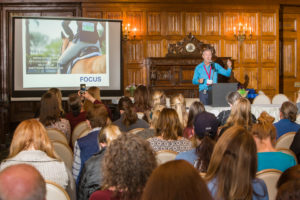
Working with horses is unpredictable, but one thing equestrians can control is themselves, says one riding coach. Here’s how treating ourselves as athletes can help us stay safer in the long run.
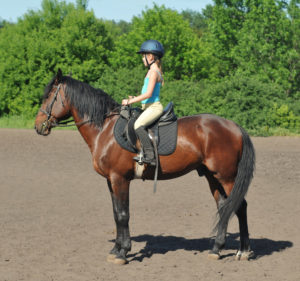
Online classes are now the norm in education, but can they assist in promoting safety to equine enthusiasts? One researcher says yes. Here’s why.

While many equestrians are anxious to get back in the saddle after a brain injury, one physical therapist says it’s best to take it slow. Here’s why.

While researchers have looked at the reduced risk of serious injury to an equestrian when he or she wears a helmet, there has been less study into the effect of other safety equipment, including protective vests.

Attendees listened to presentations on a variety of topics all centered around ways to keep equestrians and horse handlers safe.
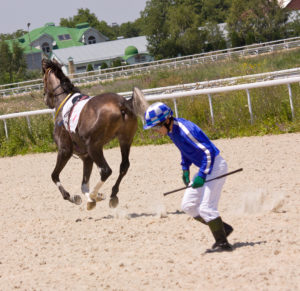
A multidisciplinary approach to data collection and record keeping could help the U.S. racing industry improve safety for jockeys and exercise riders on the track, a pair of researchers said at a recent safety summit.

A biomechanical engineer explains how most modern riding helmets protect our heads and what they might protect against in the future, as well.
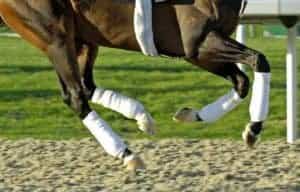
Drs. Mick Peterson and Wayne McIlwraith weigh in on what we’ve learned about racing surface safety, issues currently at hand, and what the future could bring.
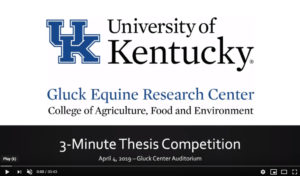
Competitors in 3 Minute Thesis (or 3MT) events have no more than three minutes to present their research and its significance to a general audience, and the presenter is allowed one static presentation side and no props or costumes.
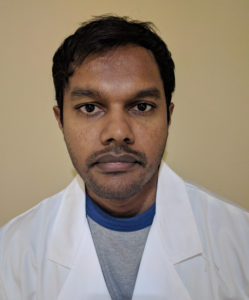
Dunuwille is studying the vascular inflammatory process equine herpesvirus type 1 and equine arteritis virus induce. Both viruses can cause abortions in pregnant mares, and vascular inflammation plays a major role in these losses.

Sweat contains electrolytes (including sodium and chloride), so heavily exercising horses have significantly higher dietary requirements for both minerals than their idle counterparts. Here’s what to know.
Stay on top of the most recent Horse Health news with